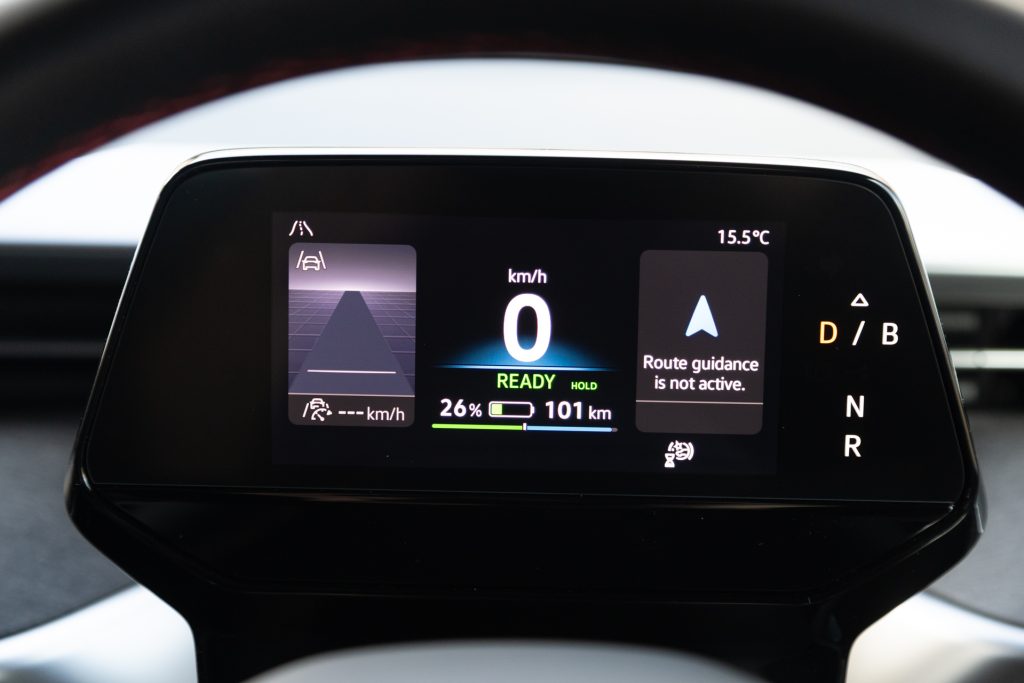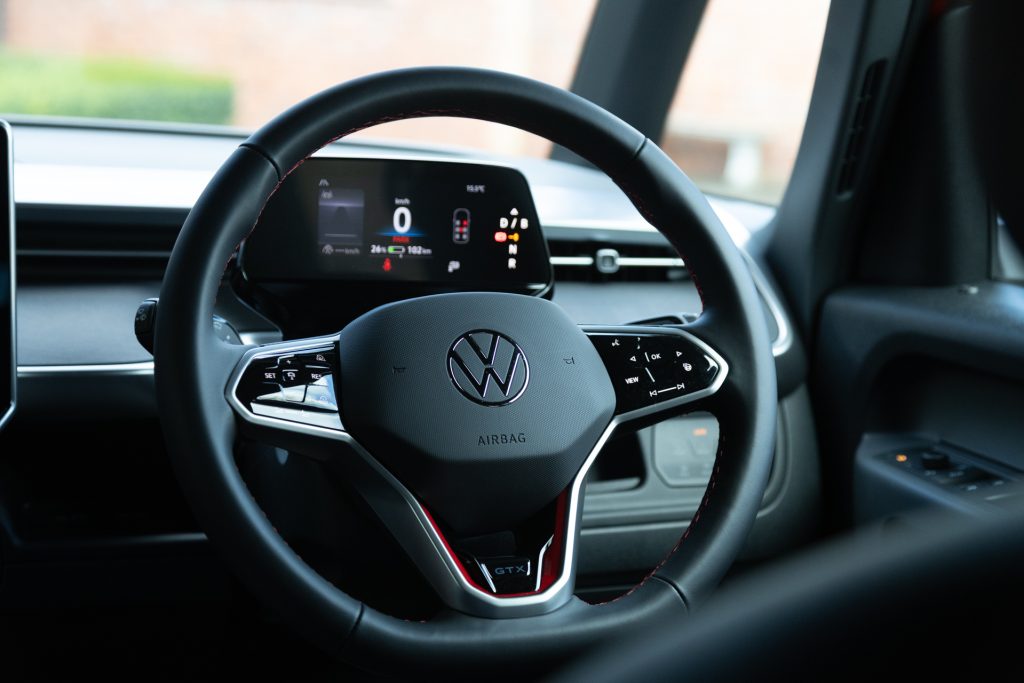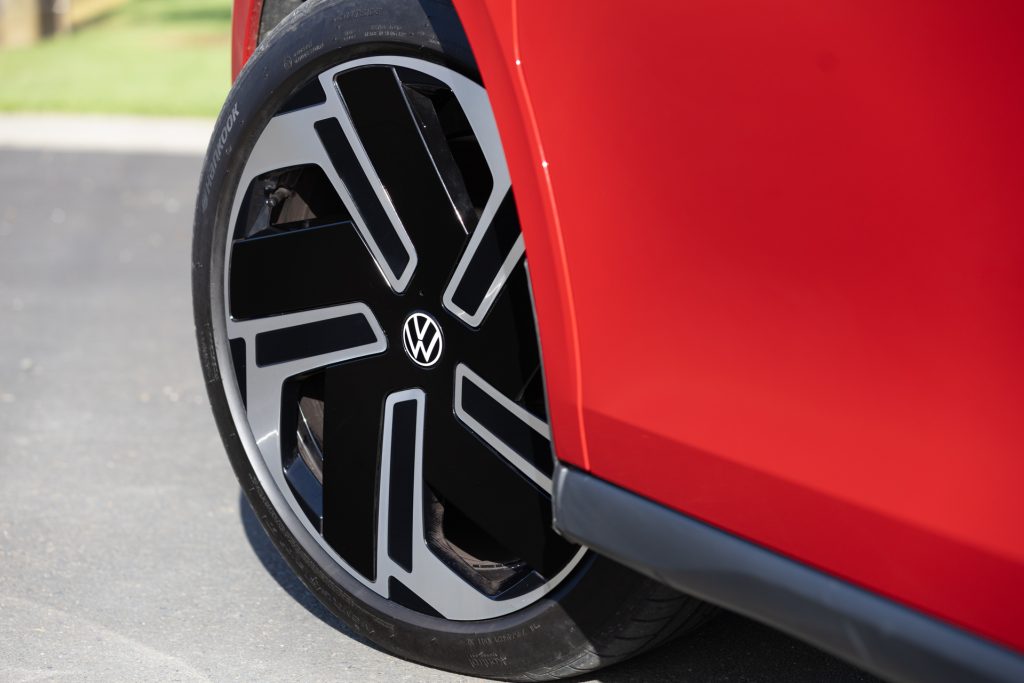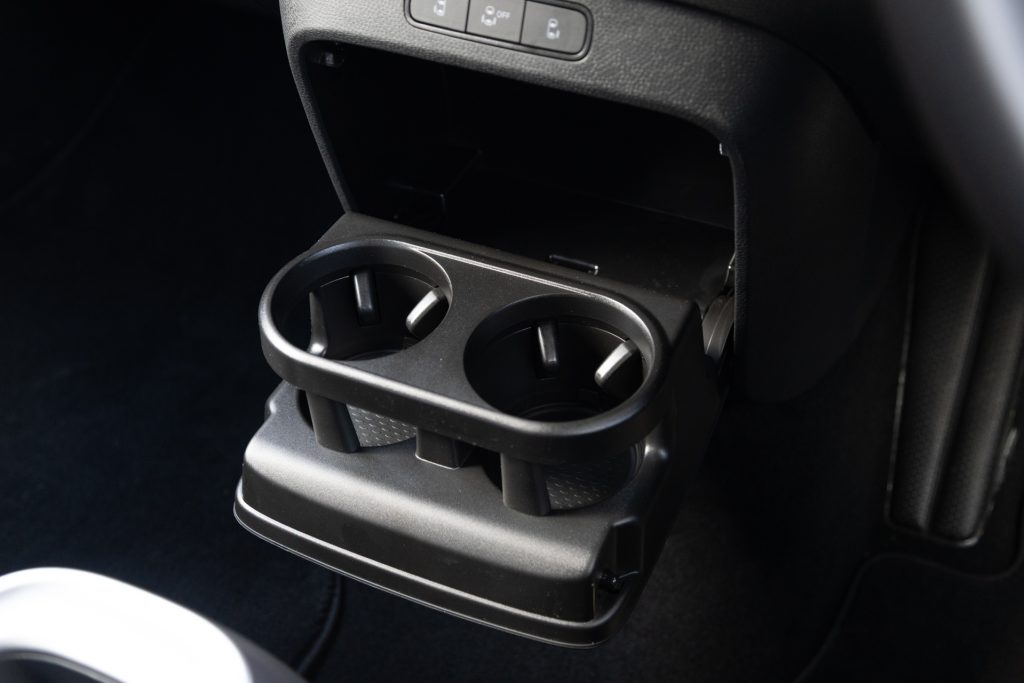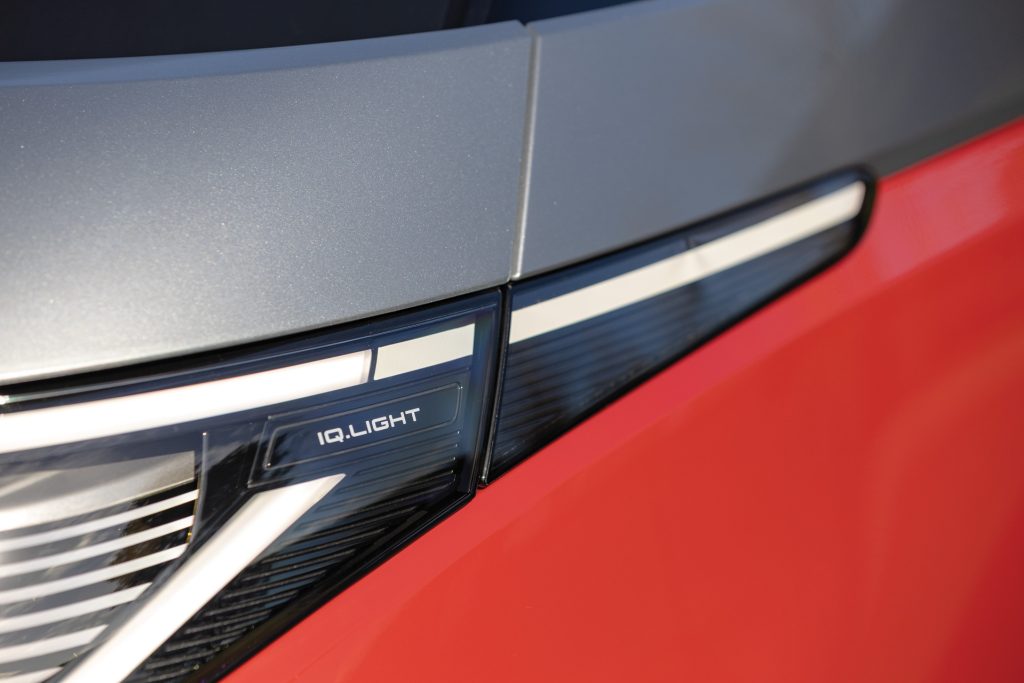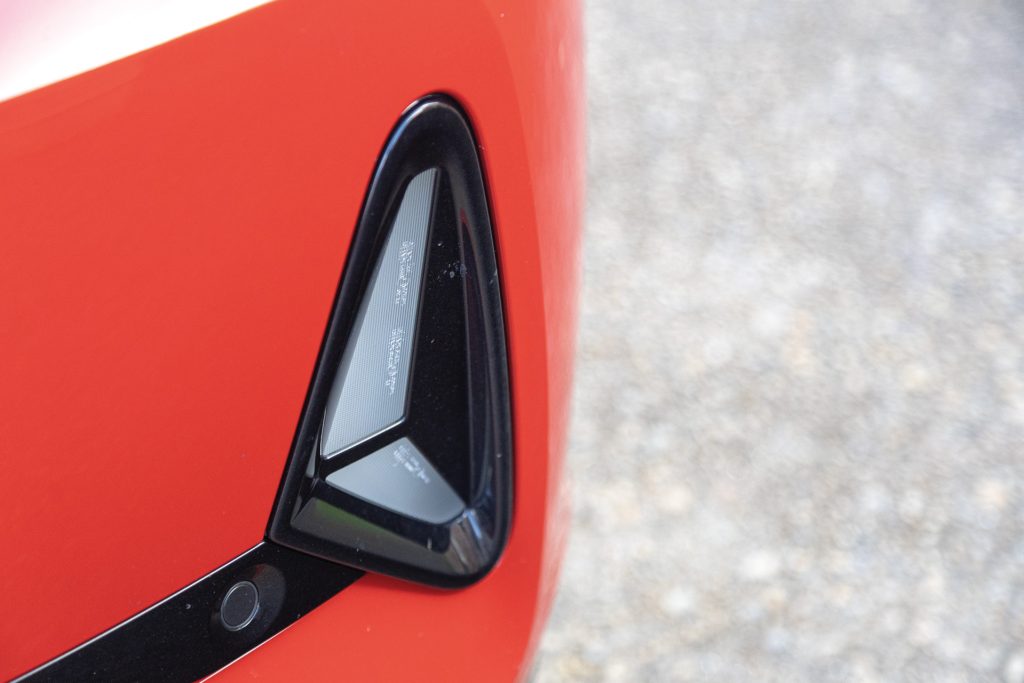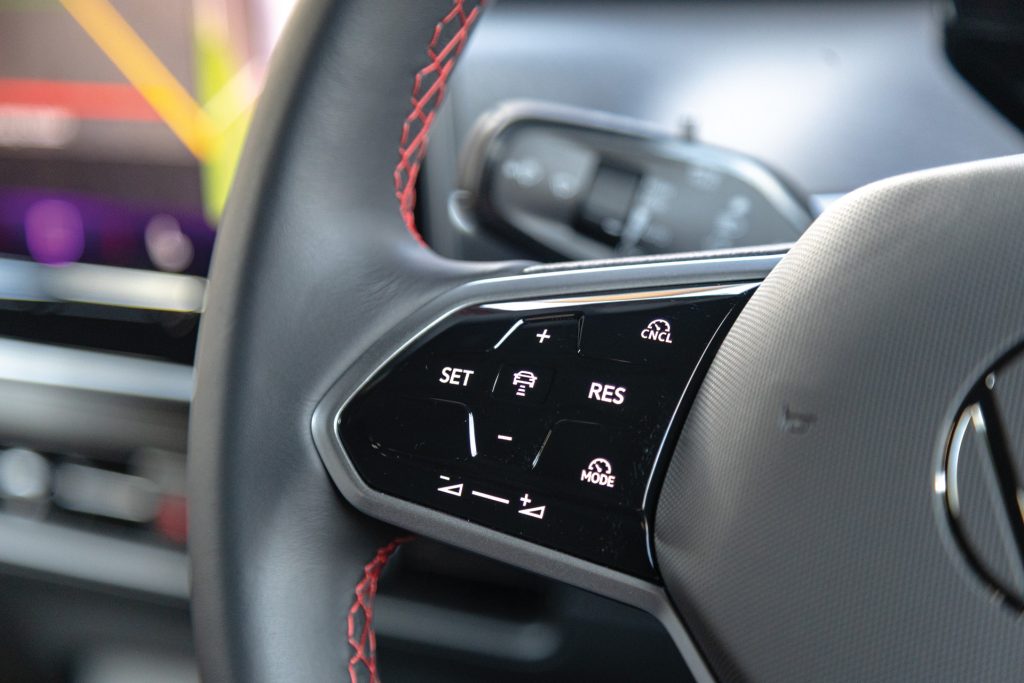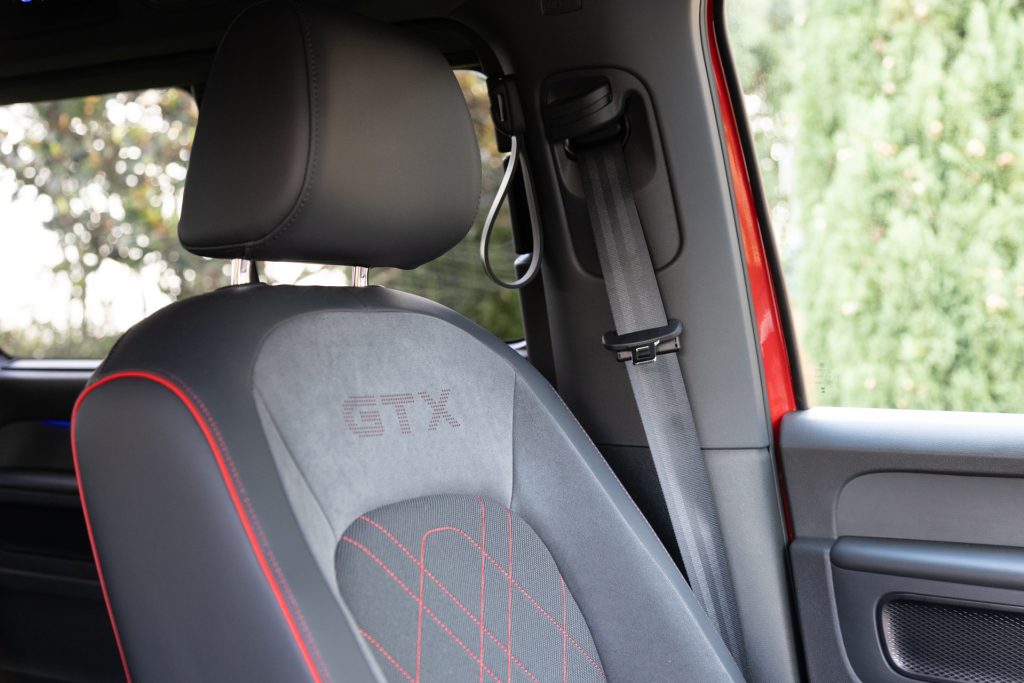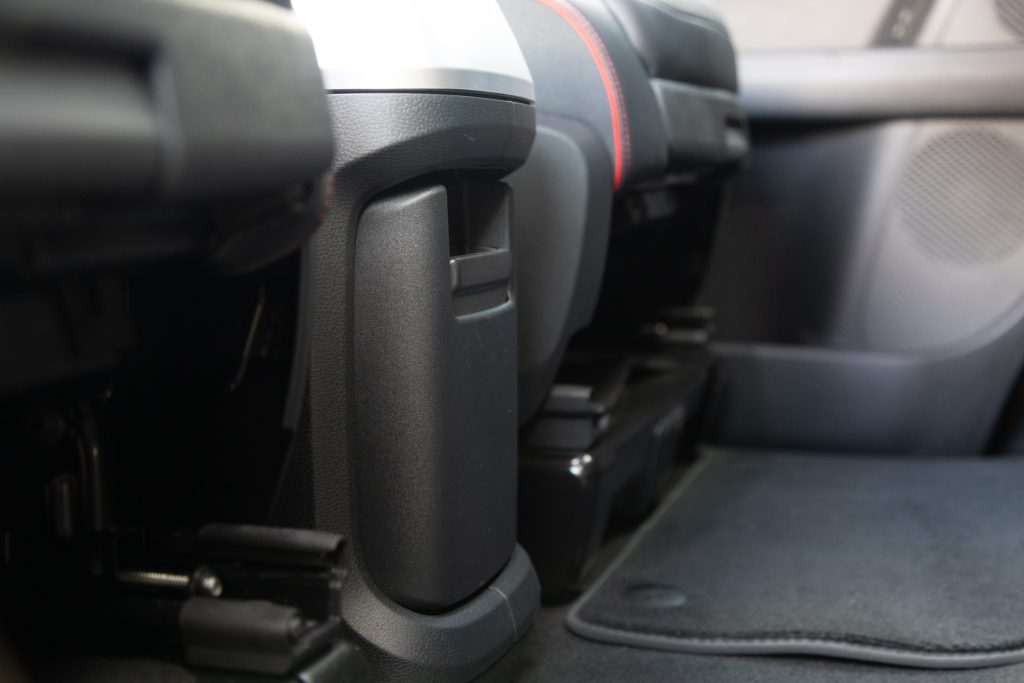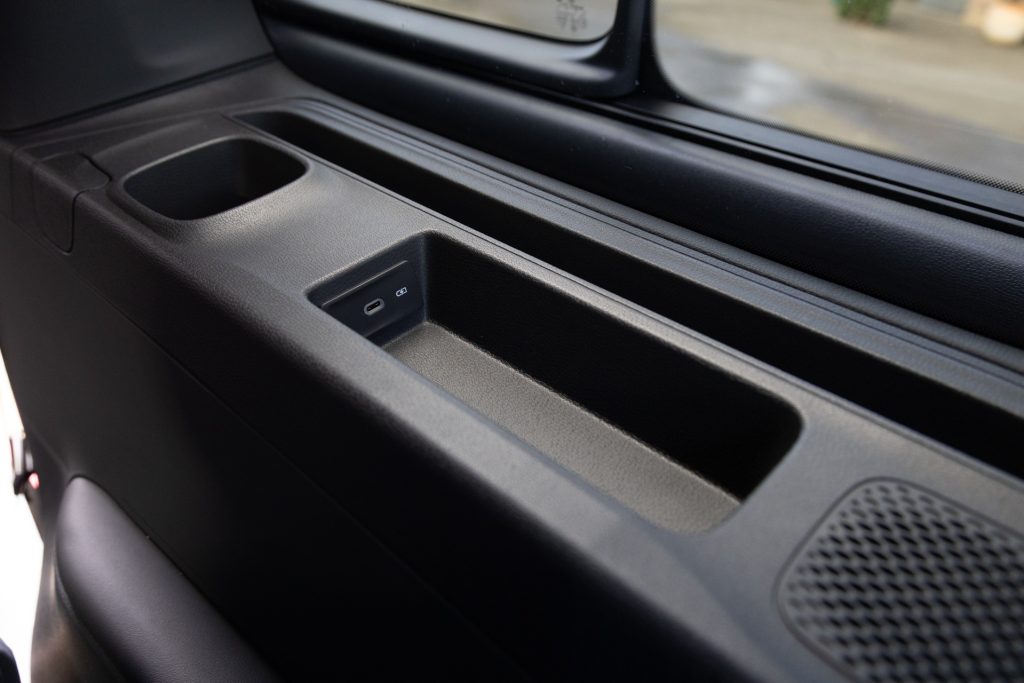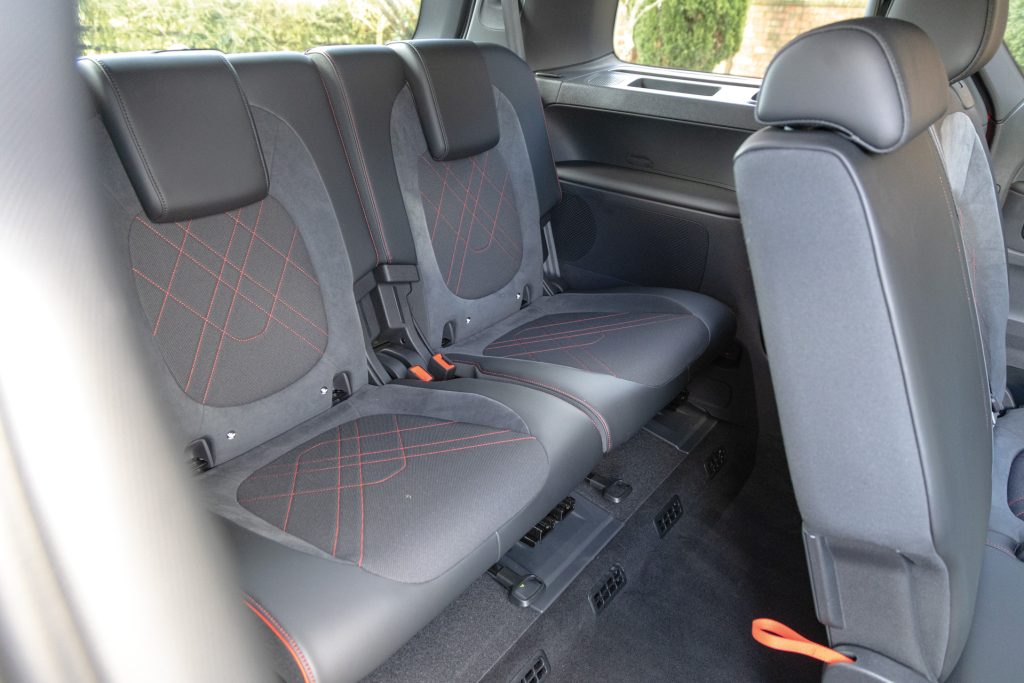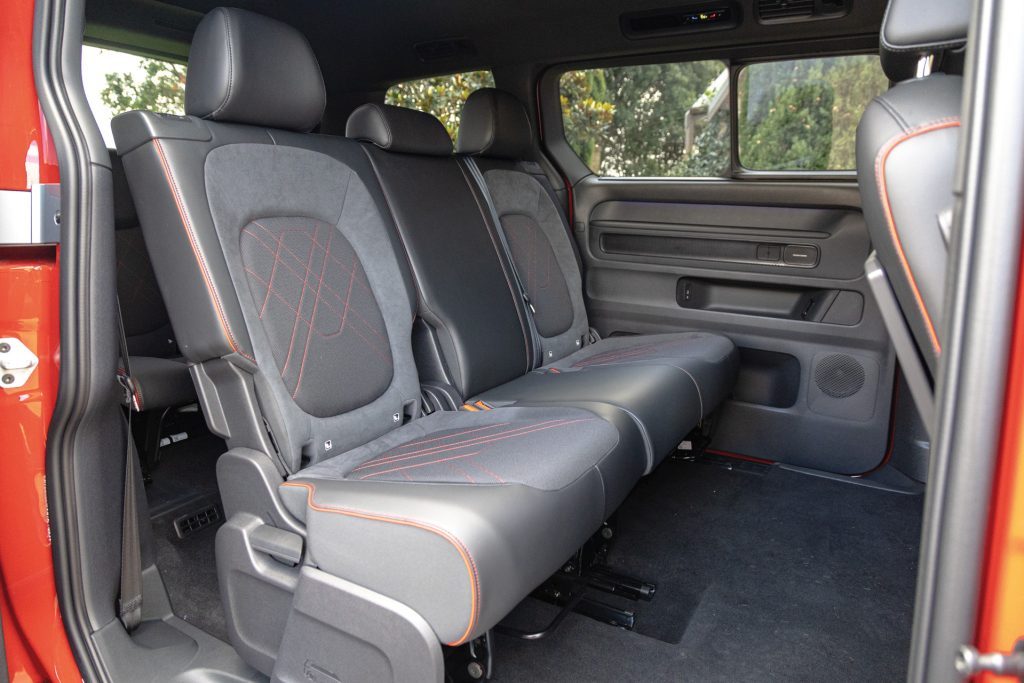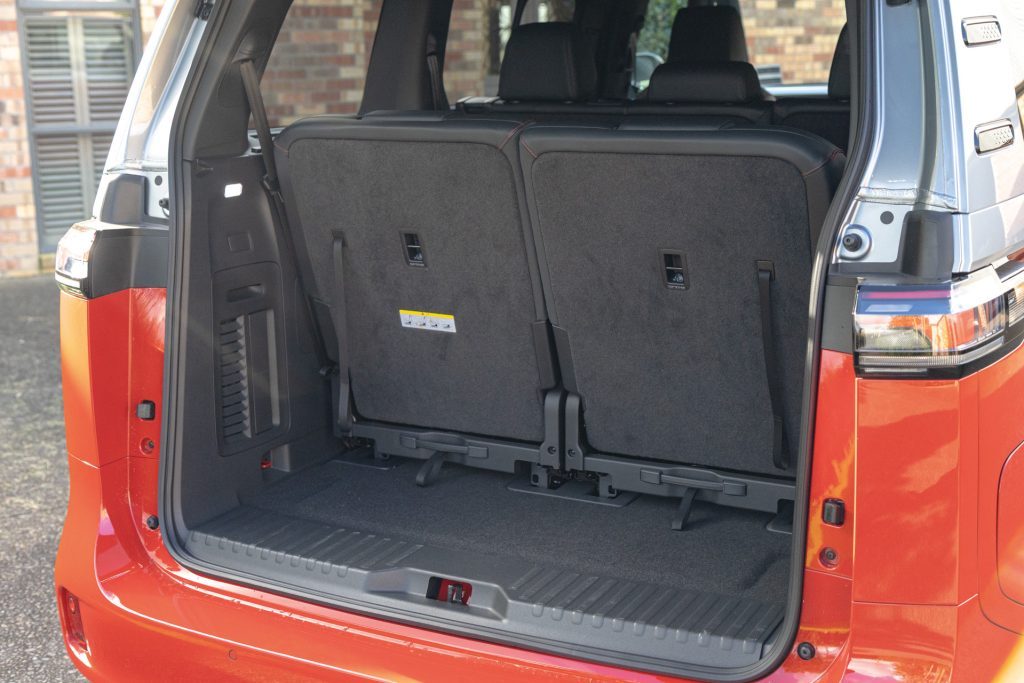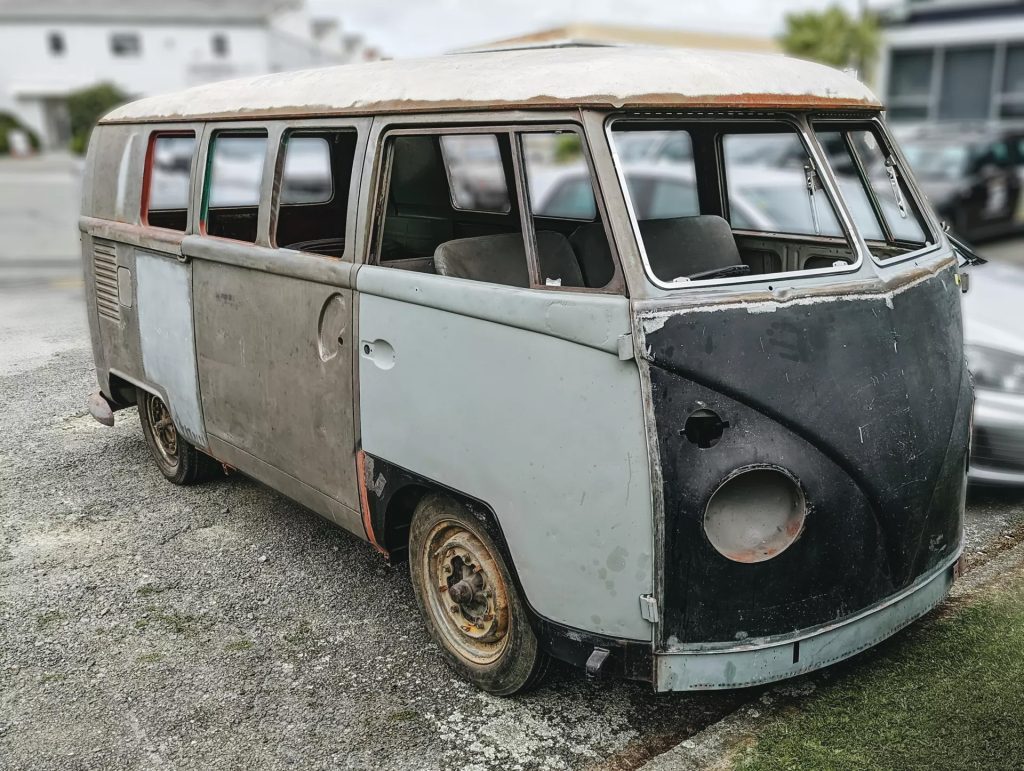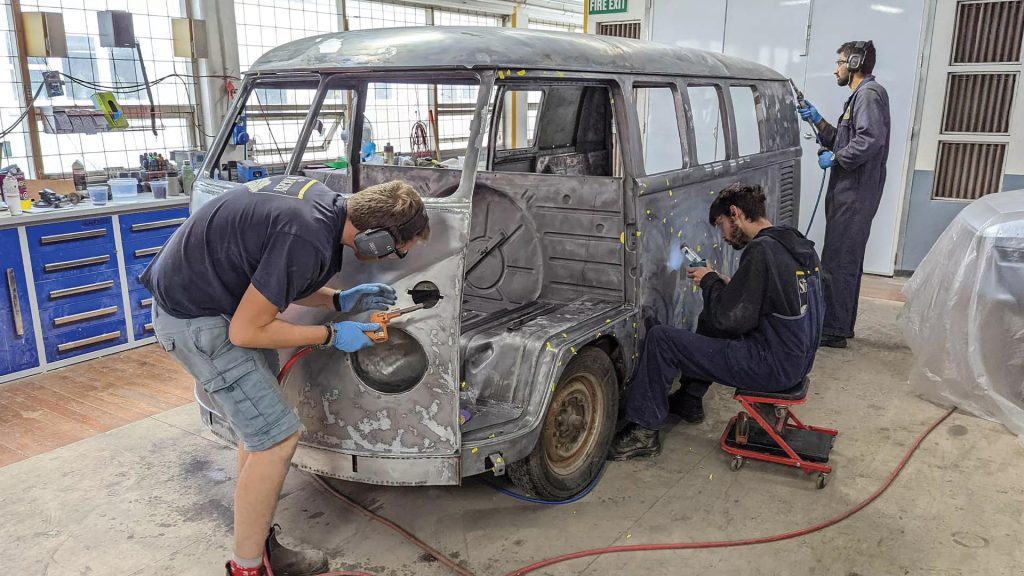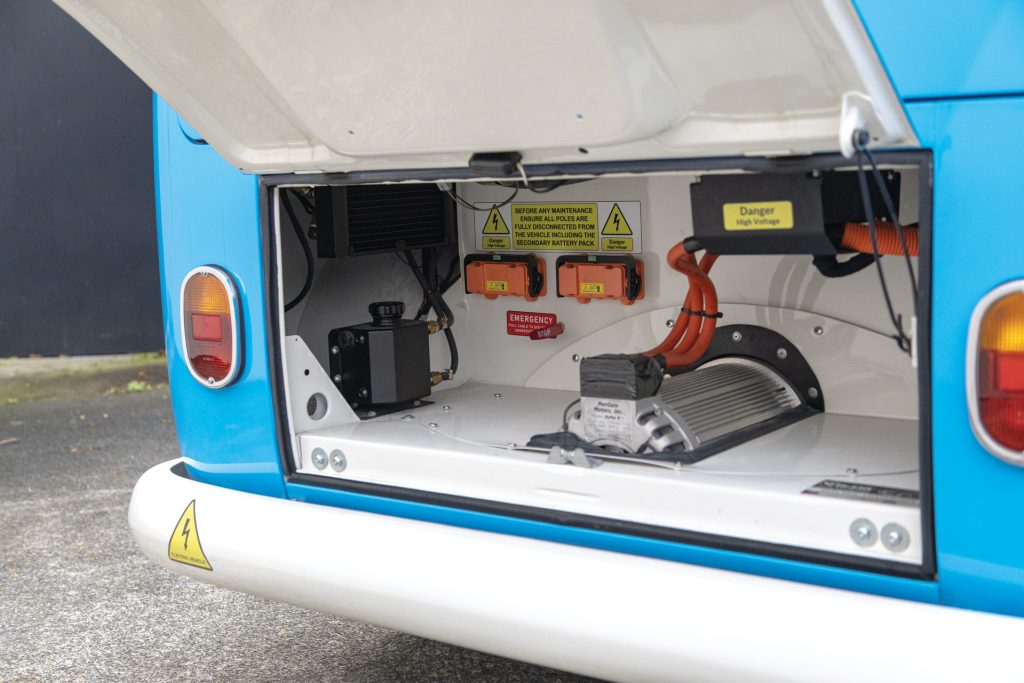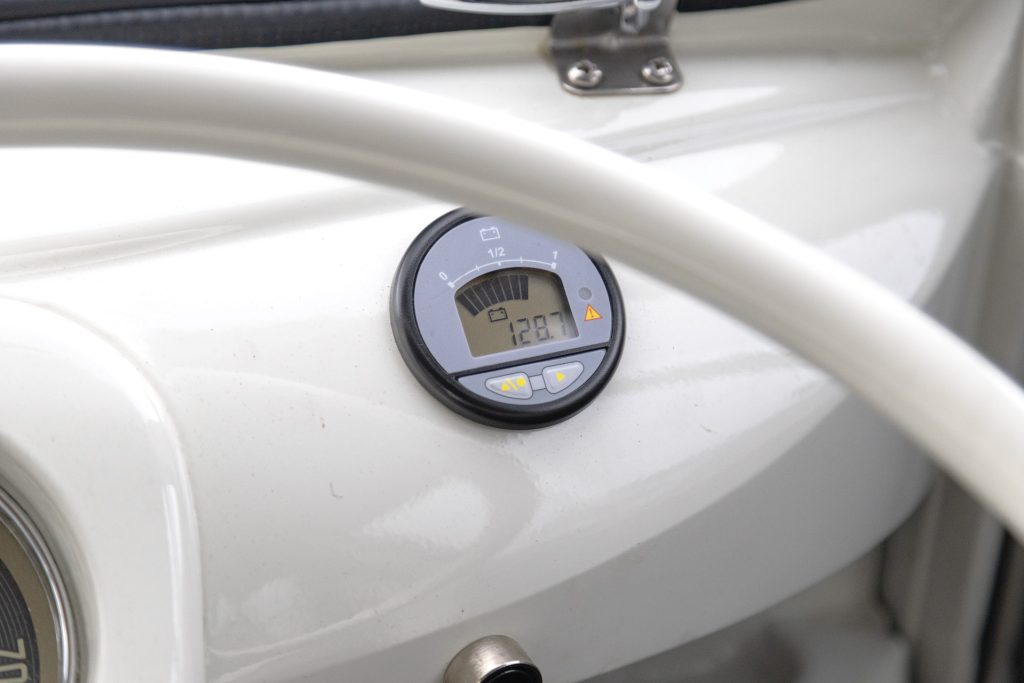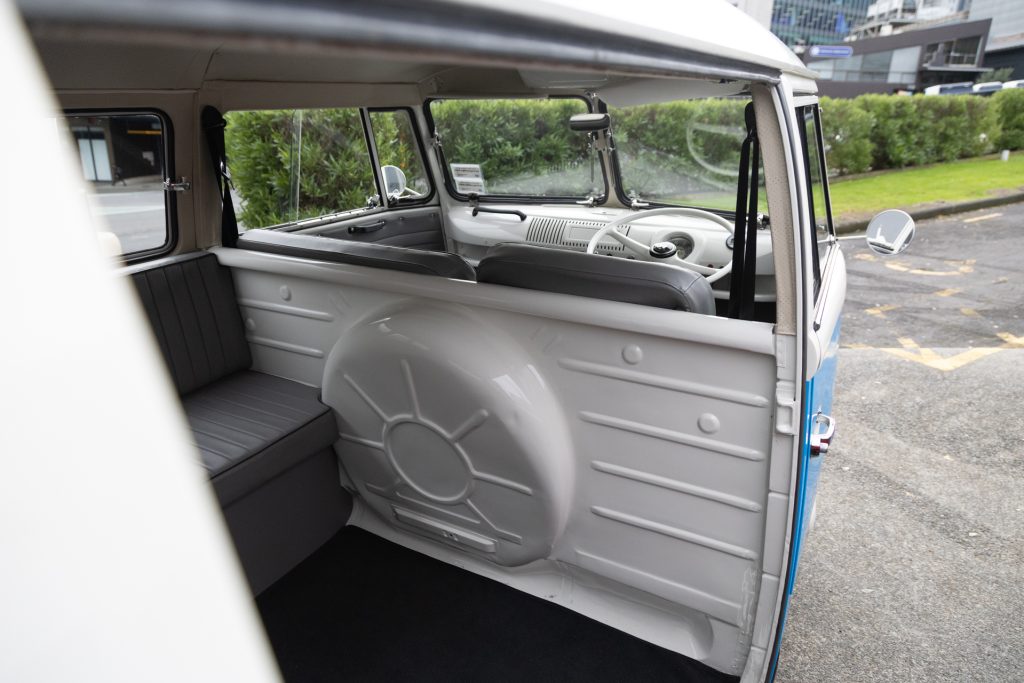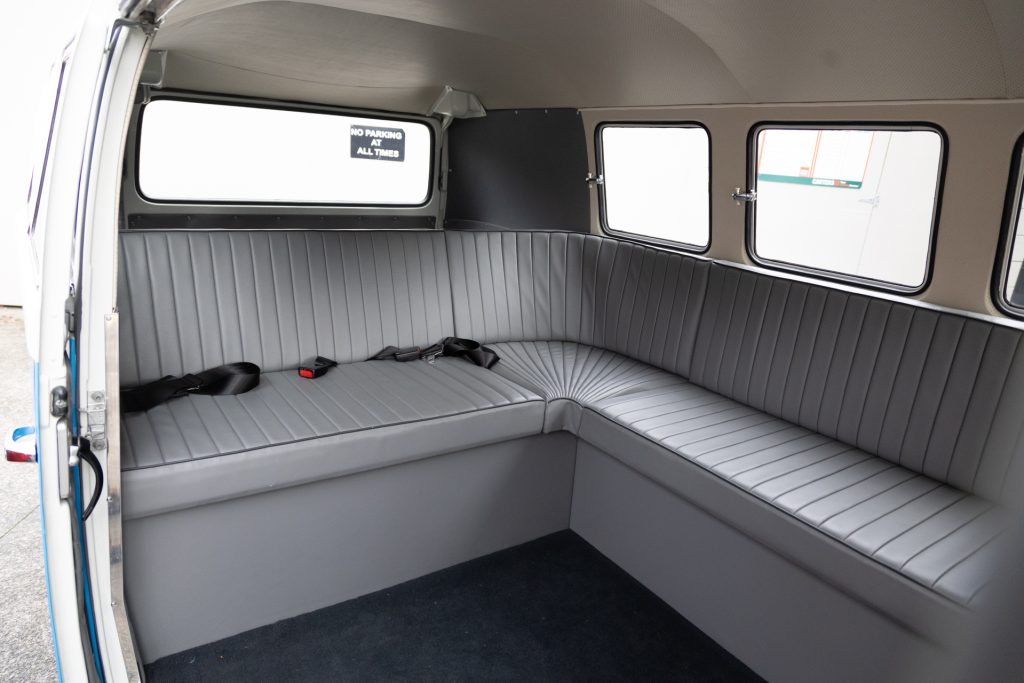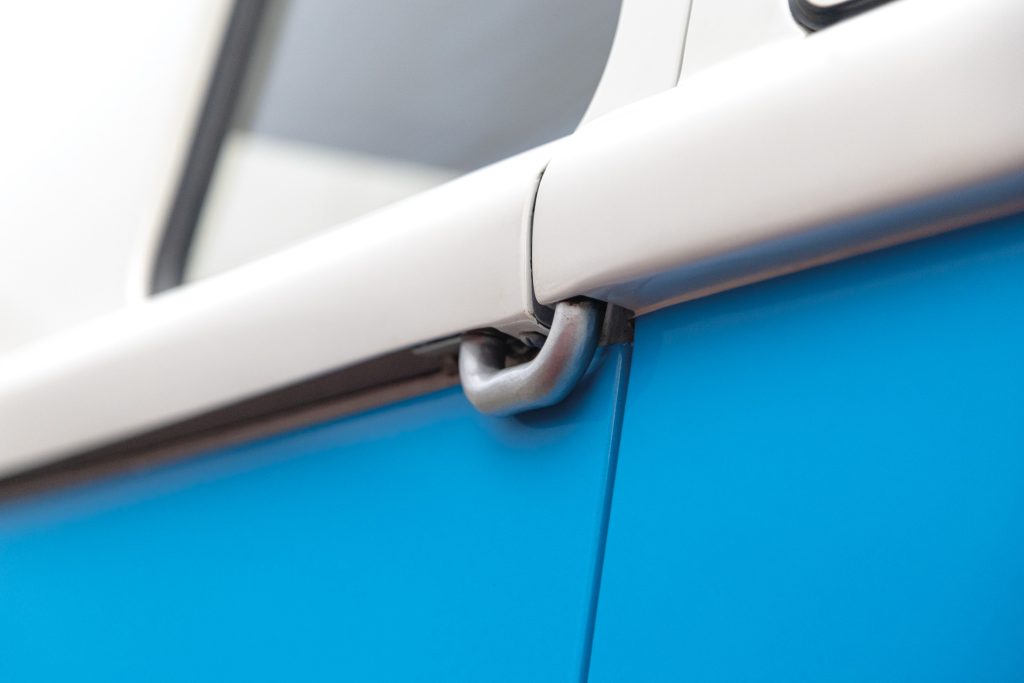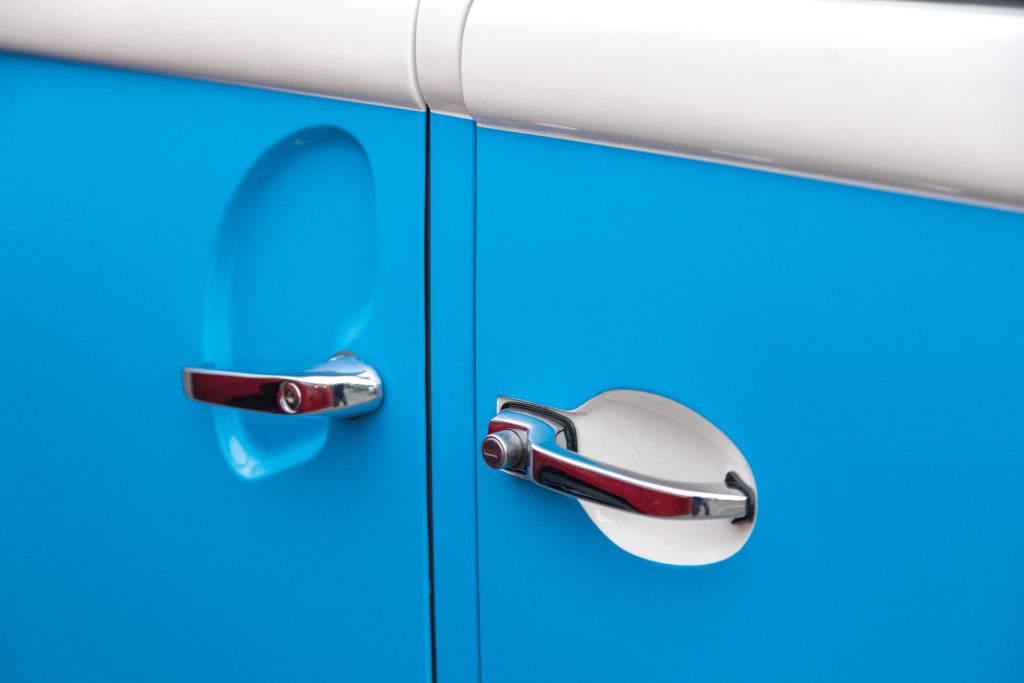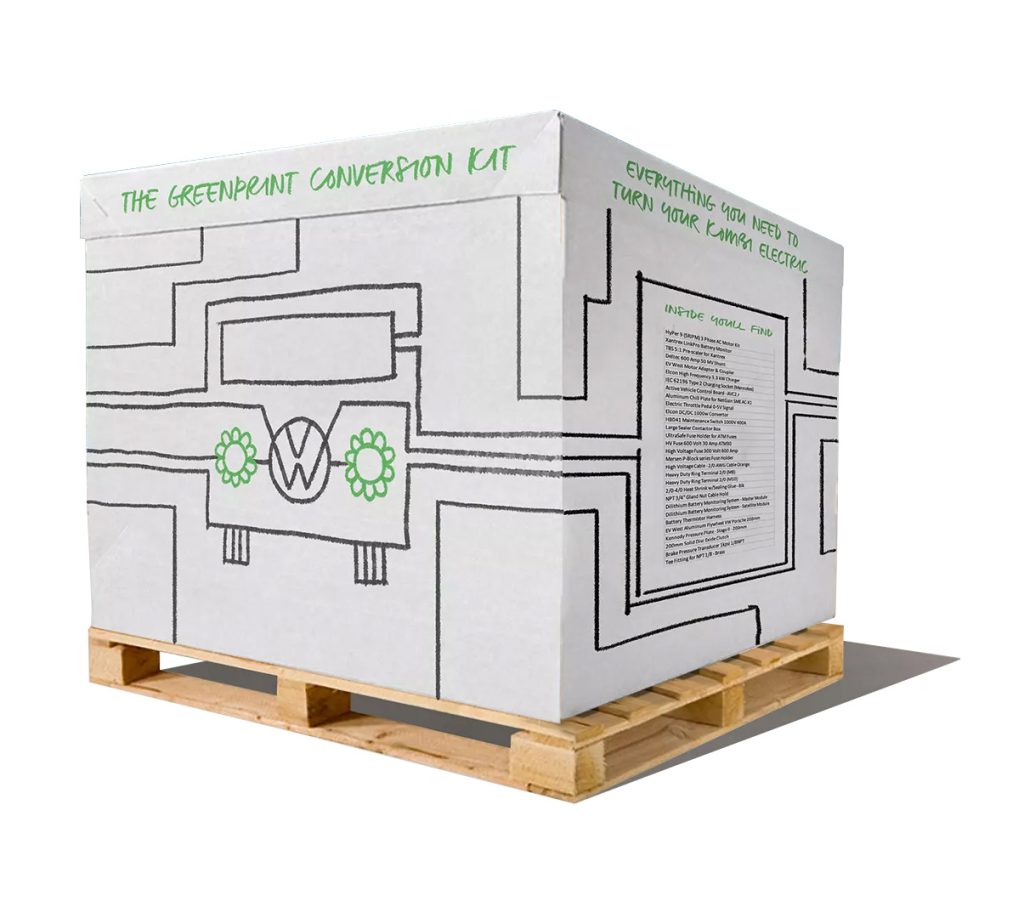2025 Volkswagen ID.Buzz GTX Review
Words: Richard Edwards | Photos: Alex Schultz
Volkswagen has reimagined its Kombi for the new age. The ID.Buzz is quite the looker, and just as versatile as the original too. But is the premium pricing a deal breaker?
There’s no shortage of carmakers playing the nostalgia card these days but few commit like Volkswagen. The ID.Buzz doesn’t just borrow a silhouette; it leans fully into the Kombi mythos, slaps on a two-tone paint job and hopes we’ll all go misty-eyed at the thought of surfing, freedom and peace signs. But the real surprise? Behind that friendly face is a properly sorted EV with more depth than you’d expect from a modern-day tribute act.
The local range includes four variants: the ID.Buzz Pro in short- and long-wheelbase configurations, the dual-motor all-wheel-drive GTX, and the Buzz Cargo van. Pricing starts at $99,990 + GST for the Cargo SWB and climbs to $149,990 + ORC for the GTX. The passenger Pro SWB is listed at $129,990, while the extended Pro LWB variant comes in at $139,990. All passenger variants offer the choice of five-, six- or seven-seat layouts, depending on configuration.
While the line-up is clearly defined, Volkswagen New Zealand has no plans to flood the market with stock. Instead, the company is taking a customer-centric approach, with most vehicles delivered to order. Buyers will be able to tailor their ID.Buzz through a Porsche-style configuration process, selecting from over 2000 possible combinations of wheelbase, seating layout, trim, wheels and paint. That does mean a lead time of around five months, but early adopters appear happy to wait as none of the first 35 vehicles in the country was identical.
We spent time behind the wheel of the flagship GTX version with its long wheelbase, dual-motor, all-wheel drive arrangement. And you know what? It’s good. Really good. Visually, the GTX gets some unique bits; body-coloured trim, red accents, and distinctive alloys but it doesn’t stray far from the Buzz formula. That’s probably wise. The Buzz is one of the few vehicles where looks genuinely sell it. People love it. Pedestrians wave. Kids point. It’s a mood-lifter. And importantly for me, you win the game of school pick-up.
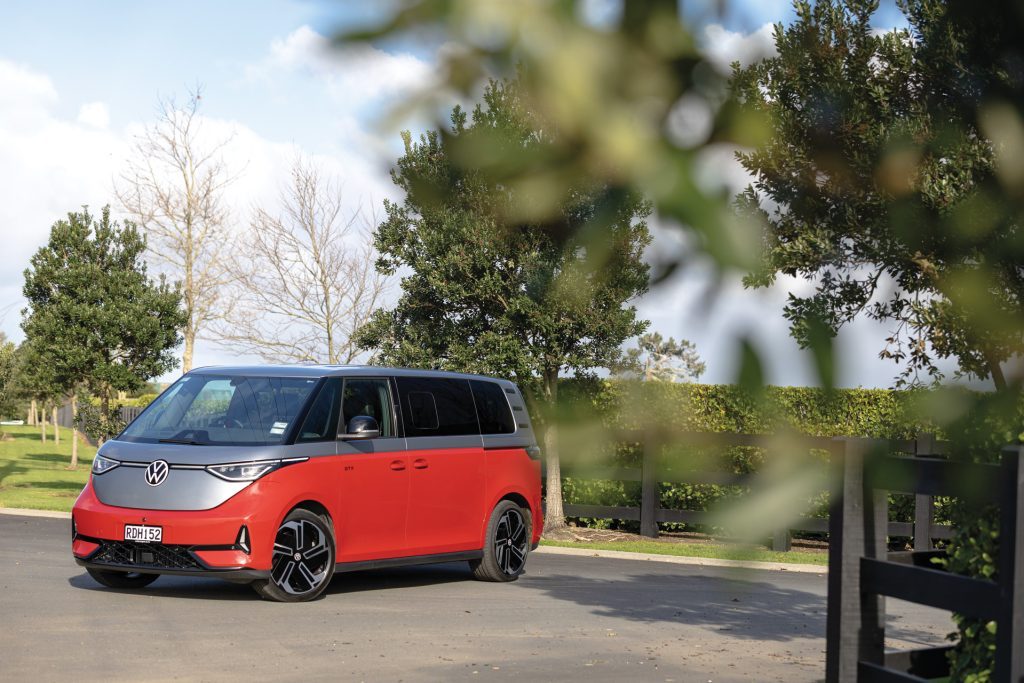
GT Extra?
The GTX runs an 86kWh usable battery (91kWh gross) and puts out 250kW total with 560Nm of torque at the rear and 134Nm up front. Range is rated at 396km WLTP, and we saw figures that suggest that’s not far off reality, even with a few enthusiastic right-foot moments. We didn’t get to load it up with people unfortunately; we couldn’t find six friends.
Performance? Sure, it’s not going to frighten a Taycan but 0–100km/h in around 6.5 seconds is plenty in something that looks like it should have curtains. It’s quick in the way only electric vans can be; instant torque, minimal fuss, and a bit of the novelty factor that has you grinning as you silently whoosh past other traffic.
Let’s not forget the original had a time for the sprint of 30 seconds. Empty, downhill and with a tail wind. But straight-line speed isn’t what impressed most. It’s the way it goes around corners. The ID.Buzz GTX rides on a MacPherson strut front suspension and independent multi-link rear, which helps deliver a composed, confident feel even when pushed. No, it doesn’t handle like a Golf GTI, and it’s not pretending to. But for a van it’s excellent. The steering is well-weighted and accurate, and the chassis is settled and confident. There’s a bit of lean when you really push, but the battery mass down low works in its favour.
The only other van in recent memory to come close in dynamics is the latest Transit Custom, and even that doesn’t quite have the planted feel of the Buzz.
Charging and efficiency
In terms of charging, it’s all pretty painless. Up to 18kW on a DC fast charger means you can go from 5 to 80 per cent in about 30 minutes. AC charging is capped at 11kW. On our test, energy use hovered between 20–22kWh/100km, making real world range around 400 km.
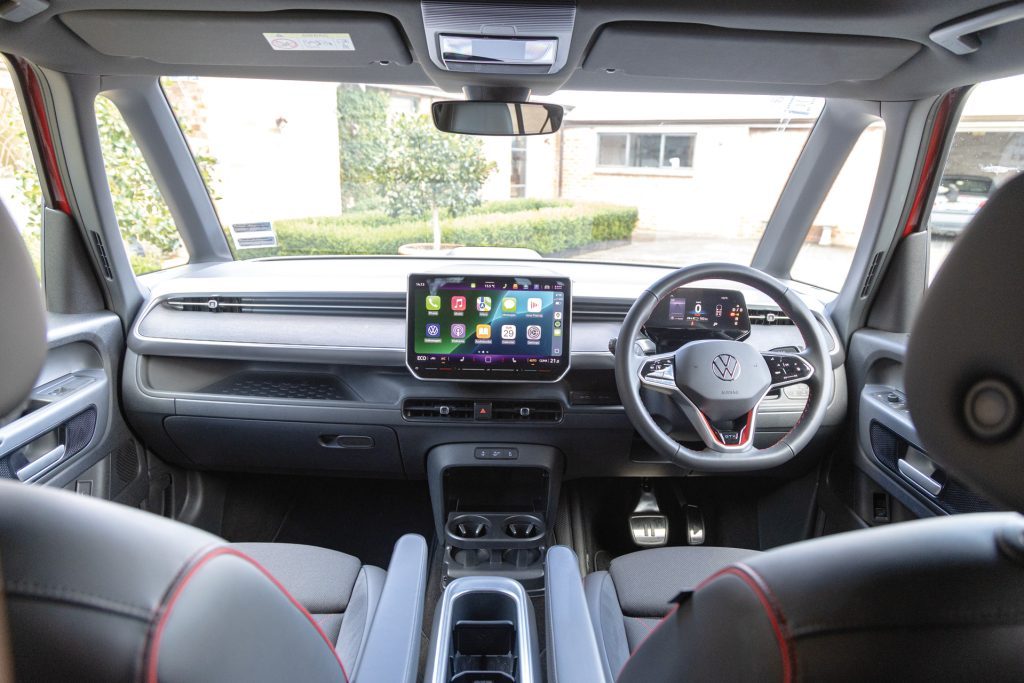
Interior and practicality
The Buzz’s long wheelbase does make it a little trickier in some situations. One specific niggle; getting kids into the third row involves leaning in more than you’d like. Sure, you can slide the seats around to make this easier, but then you eat legroom. If you are just carrying kids, maybe opt for the short-wheelbase versions.
Inside, though, it’s a hit. The cabin layout is clean and functional, dominated by a 12.9-inch touchscreen that controls just about everything. It feels a lot like the ID.4 in terms of the screens and touch points, and that is no bad thing. The screen’s software has been updated and mostly behaves. The brand’s new IDA ChatGPT-based voice assistant is there, but we need to spend more time to understand what it really can do.
VW’s capacitive steering wheel buttons—often the subject of criticism—weren’t a bother for us. Everything worked as expected, no phantom presses or rage-inducing haptics.
Storage is where the Buzz really gets into its groove. Every inch of the cabin seems to hide a bin, pocket, or tray. Families are going to love it. There’s also the removable ‘Buzz Box’ between the front seats, which comes with a bottle opener and ice scraper. Quirky, sure, but it’s not quite the game-changing console we hoped for. Useful, but not essential.
Our test model was the seven seater in a two-three-two format, somewhat the reverse of the norm in the second row, where you get two seats allowing pass through to a three-seat rear bench. You can option that if you take six seats. Front to rear all the seats are decently comfortable, with third-row legroom excellent. You get USB points all through the van and the second row outboard seats get a handy folding table. Plenty of air vents too for the separate rear system.
You can option a glass roof as well which we’d recommend as it’s a bit dark back there. Especially as tinted glass is standard and there are only two smallish rear opening windows. The glass option is electrochromic, and with a tap, it switches from transparent to opaque.
Boot space? Still decent, even in this seven-seater. You lose a little compared to the five-seat Pro LWB (which manages up to 1121 litres), but there’s plenty of room for a day’s worth of gear. Fold everything down and it turns into a rolling storage unit.
Safety and technology
Safety gear is extensive. You get adaptive cruise with stop and go, lane keep assist, AEB, blind spot monitoring, rear cross traffic alert, and a full 360-degree camera. Travel Assist with lane centring is also part of the deal, and it does a surprisingly good job of holding position on longer runs.

Expensive?
So, who’s this for? It could be a traditional SUV buyer’s next step, more likely than that of someone who would normally buy a van. It occupies its own niche, being funky, practical and with that EV allure. But it is costly. It is not terrible value as it sits squarely between Ford’s electric Transit Tourneo, the Kia EV9, and the Mercedes-Benz EQV but is very much in the premium space.
Those currently carrying seven kids in an Audi Q7 or BMW X7 would probably be the kind to make the shift, and those with an aging Tesla Model X will also likely be looking closely. If you want an EV that can carry the whole family, stand out in traffic and make the morning school run more enjoyable, the ID.Buzz GTX has serious appeal.

Volkswagen ID. Buzz GTX
$149,990 / 21.0kWh/100km / 0g/km
0-100 km/h 6.5
Motor output 250kW
Max torque 694Nm
Battery 86.0kWh
Range 396km
Drivetrain Single-speed auto / e-AWD
Front suspension Mac strut / sway bar
Rear suspension Multilink / sway bar
Turning circle 11.1m (2.3 turns)
Front brakes Ventilated discs
Rear brakes Discs
Stability systems ABS, ESP, TV
Safety AEB, ACC, BSM, LDW, RCTA, ALK, AHB
Tyre size f/r-235/45R21
Wheelbase 3239mm
L/W/H 4962 / 1985 / 1927mm
Track f-1676mm r-1673mm
Luggage capacity 306 / 1121 / 2123L
Tow rating Not rated to tow
Service intervals 2yrs / 30,000km
Scheduled servicing 3yrs / 45,000km
Warranty 5yrs / 150,000 km
ANCAP rating Not yet rated
Weight (claimed) 2897kg

Kev the Kombi: 1966 classic gets electric rebuild
The new ID.Buzz was, surprisingly, not the first electric Kombi on Volkswagen New Zealand’s fleet. No, that nod goes to Kev.
Kev the Kombi that is, a fully restored and converted 1966 Type 2
van powered by batteries rather than petrol. While the all-new ID. Buzz brings modern tech and refinement to the Kombi nameplate, Kev is a one-off homage to where it all began, retaining classic looks and charm but swapping the engine for a silent(ish) electric drivetrain.
The van that became Kev was originally found sitting dormant on a rural property, having formerly served Dunedin’s health board. Weathered but structurally sound, the split-screen T1 had seen decades of inactivity before being selected as the donor for the project. It was a fitting foundation; a locally sourced vehicle with real history.
Restoring the base
Volkswagen Commercial Vehicles NZ handed the vehicle to The Surgery, a Wellington-based workshop known for concours-level classic car restorations. Their brief was to preserve the original vehicle’s character while installing an electric powertrain that didn’t compromise structure or appearance.
The van was stripped to bare metal, repaired and repainted in a classic two-tone colour scheme. The chrome trim, wheels and upholstery were restored to match the factory aesthetic, and the interior was kept original where possible, with only discreet changes to accommodate the new battery set-up and monitoring gear.
Electric drivetrain
The petrol engine and four-speed manual gearbox were removed and replaced with a single AC electric motor supplied by EV West, a California-based specialist in classic EV conversions. Power is delivered to the rear wheels through a single-speed gearset, offering simple, maintenance-light operation.
The battery is a 22kWh lithium-ion unit, centrally mounted beneath the vehicle for improved weight distribution. That gives a real-world range of around 120 to 150 kilometres, depending on load and driving conditions. It charges via a standard Type 2 AC plug, with a full charge from a wallbox taking roughly five hours. There’s no DC fast charging with the system designed for reliability and simplicity.
Top speed is limited to around 100km/h, and the van is best suited to low-speed urban or coastal cruising. The steering remains unassisted, in keeping with the vehicle’s original layout.
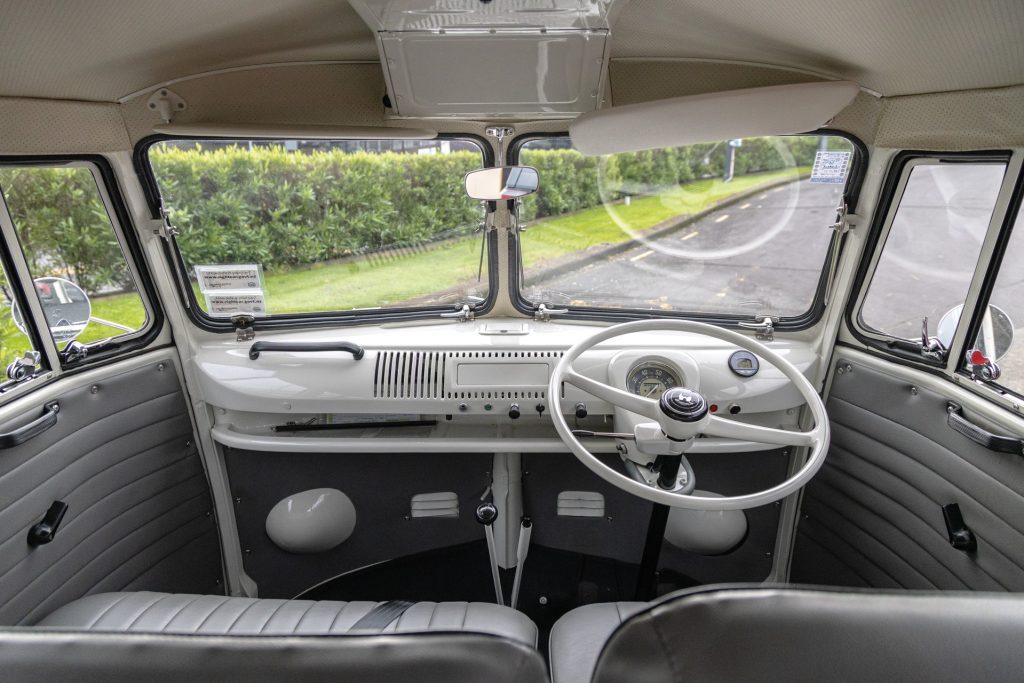
Inside, Kev feels like the classic Kombi it is. The flat dashboard, thin-rimmed steering wheel and metal switchgear are all present and correct. A small digital battery state-of-charge readout is integrated subtly, but otherwise, there are no modern displays or electronics. Even the heating and ventilation are period-correct.
We took Kev for a quick lap of the neighbourhood. He has a clutch pedal, used to disengage the drive when stopped, but no gears. With all that electric torque, it’s easy to move off and then Kev just hums along. He gets a bit noisy and whirry as speed increases past 60km/h, but the torque makes for an easy drive. Sitting silently at the traffic lights, the calm is punctured by a loud buzzing sound made by the electric brake booster. There’s no regen here of course, and the steering is heavy and slow as it was in those days. We liked the vibe of the electric power, but missed that unique voice of the air-cooled flat four.
Volkswagen NZ has said there are no plans to offer conversion kits or replicate the project at scale. The focus was on creating something memorable — and based on public and media interest, that has clearly worked.
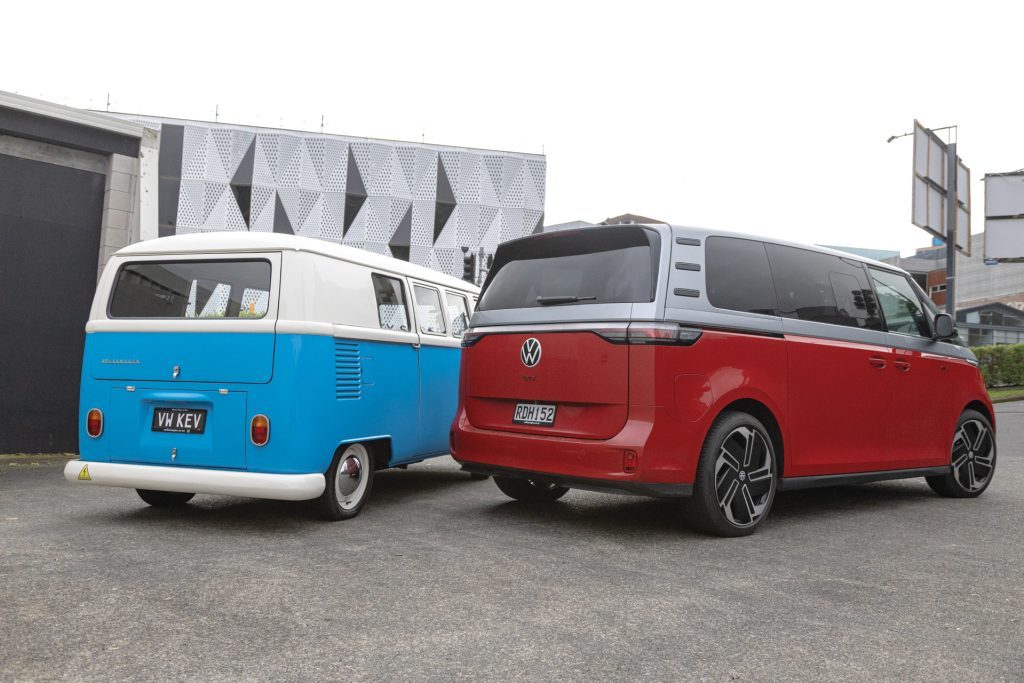
DIY inspiration
For enthusiasts keen to explore an electric Kombi conversion of their own, Volkswagen has published a fun guide called The Greenprint. It’s a stylised blueprint outlining “20 relatively easy steps” to electrify a classic Kombi, blending humour with basic technical illustrations. While not a substitute for professional engineering advice, it gives a broad overview of the conversion process, from removing the original engine to installing the battery, motor, and necessary wiring. It’s available now at volkswagen.co.nz/ekombi.



